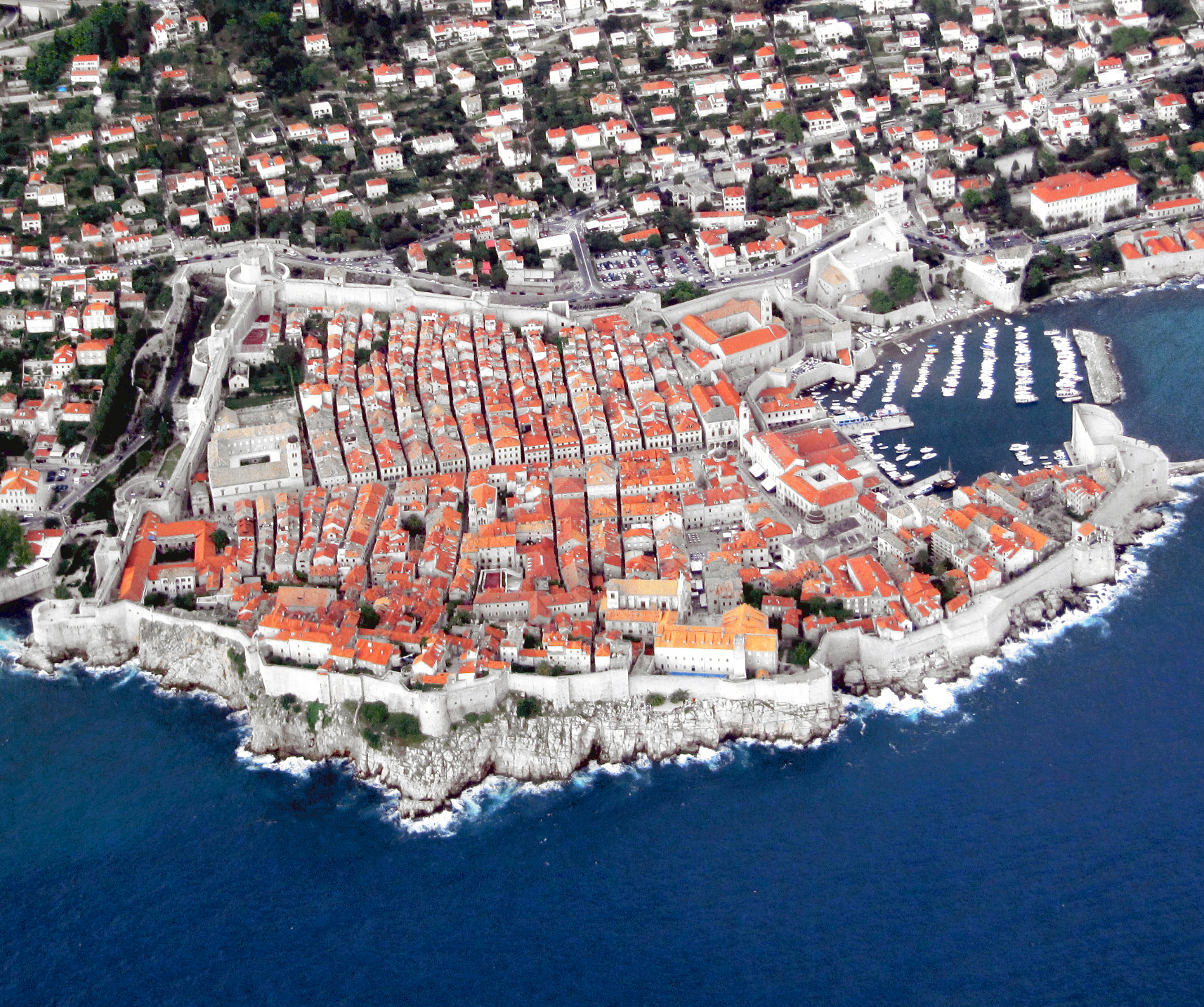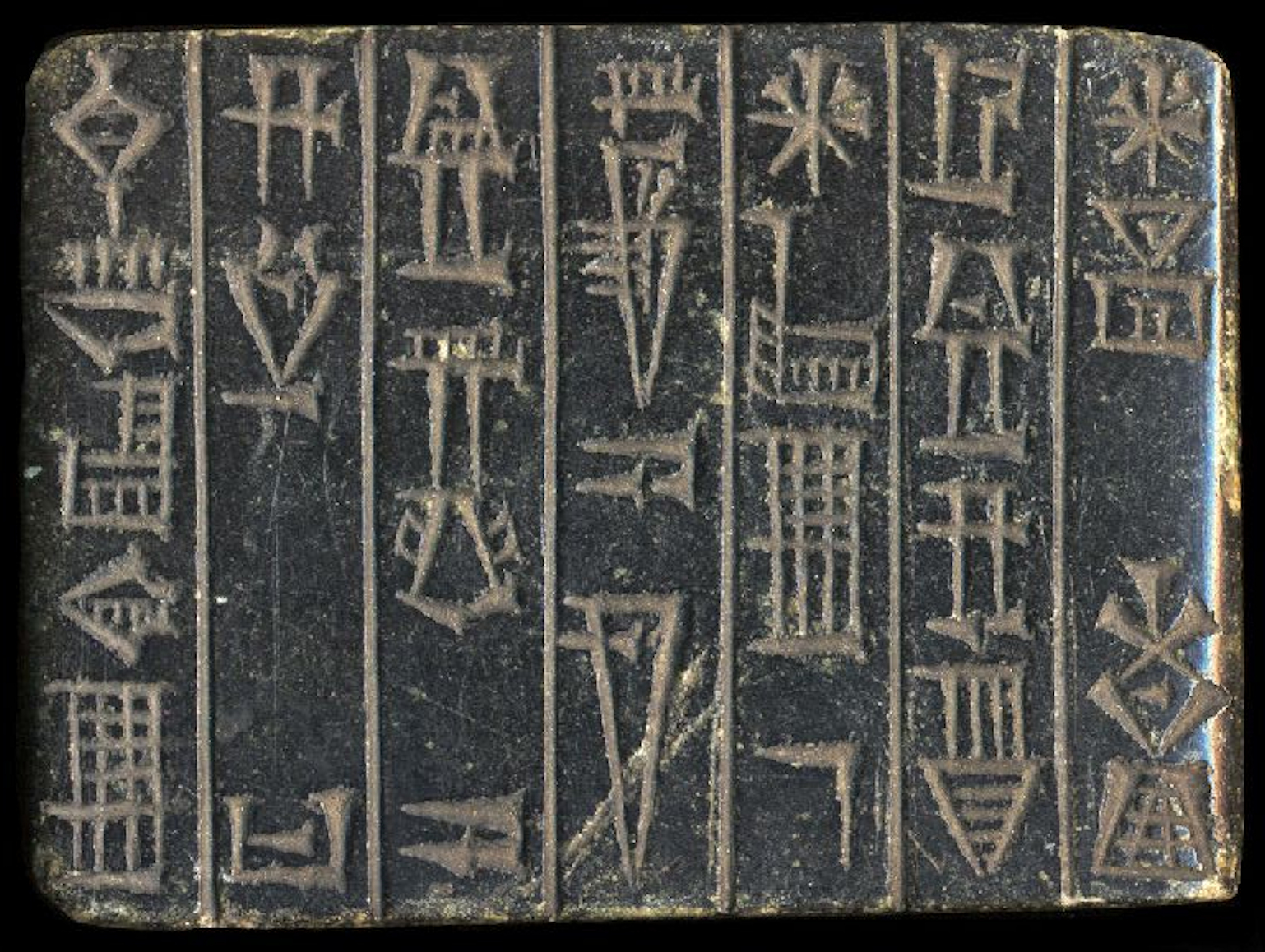|
Rubutu
Rubutu was a city, or city-state located in ancient northern Israel, between the city of ''Gazru''-(modern Gezer), and Jerusalem during the time of the Amarna letters correspondence, a 15-20 year period at about 1350-1335 BC. Some scholars place Rubutu near present-day Arrabah in the northern West Bank.Zertal, Adam; ''Arubboth, Hepher, and the Third Solomonic District'', 1984: 72-76, 112-114, 133-136Na'aman, Nadav;'' Canaan in the second millennium B.C.E.'', 2005: 212. The Amarna letters were mostly written to the pharaoh of Ancient Egypt, and three mayors of Gazru: Abimilku, Milkilu, and Yapahu authored 20 letters of the 382–letter, Amarna letters corpus. The reference to Rubutu is found in 2 letters of Abdi-Heba of Jerusalem, EA 289, and 290, ( EA for 'el Amarna'). They mention the war of various cities, the Habiru, and of: ''"the seizure of Rubutu"''. The 2 letters of city--''Rubutu'' EA 289, title: ''"A reckoning demanded"'' EA 289 is letter no. 5 of 6 to the Pharaoh ... [...More Info...] [...Related Items...] OR: [Wikipedia] [Google] [Baidu] |
Arraba, Jenin
Arraba ( ''ʻArrābah''), also Arrabah, Arrabeh or Arrabet Jenin, is a Palestinian town in the northern West Bank located 12 kilometers southwest of Jenin. It has an elevation of 350 meters above sea level and lies near Sahl Arraba, a plain that lies between Mount Carmel and Nablus. According to the Palestinian Central Bureau of Statistics (PCBS) census, Arraba had a population of 11,479 in 2017. History The lands of 'Arraba include Khirbet al-Hamam and Tel el-Muhafer, either of which believed to be the site of the Canaanite town Arubboth from the ''Books of Kings'' ( Rubutu in the Egyptian documents) and the city Narbata of the Roman period.Zertal, 1984, pp. 72-76, 112-114, 133-136Na'aman, 2005, p212/ref> Tell Dothan is located just north-east of Arraba. Pottery remains from the late Roman, Byzantine, early Muslim and the Middle Ages have been found here.Zertal, 2016, pp377379 In 1226 the geographer Yaqut al-Hamawi noted that the village had a holy place named after the pro ... [...More Info...] [...Related Items...] OR: [Wikipedia] [Google] [Baidu] |
Pawura
Pawura, and also: Pauru, Piwure, Puuru/Puwuru was an Egyptian official of the 1350–1335 BC Amarna letters correspondence. As mentioned in letter no. 171, he was also an Egyptian "archer–commander". In letter no. 289 he is called an ''"irpi''–official". In Egyptian his name means 'the Great One', (''Pa-wr''/''Pa-ur'')(letter EA 287:45-"1.-Pa-Ú-Ru") Pawura's name is referenced in the following letters: ( EA for 'el Amarna') :#Rib-Haddi–The Rib-Hadda sub-corpus of 68 letters: EA 117, 124, 129, 131, 132, and EA 362. :#Aziru–EA 171, by Aziru of Ammuru, Title: ''"Eager to Serve"''. :#EA 263–EA 263, a short letter. Title: ''"Robbed of Everything."'' (author unknown) :#Abdi-Heba– EA 287 and EA 289, letters by Abdi-Heba to pharaoh.(see EA 287 herePhoto, EA 287: Reverse Pawura's death is mentioned in the Rib-Hadda letters except EA 117, and 124, along with the demise of others, or the warring with the Habiru, or the leaders of Ammuru: (Abdi- ... [...More Info...] [...Related Items...] OR: [Wikipedia] [Google] [Baidu] |
City-state
A city-state is an independent sovereign city which serves as the center of political, economic, and cultural life over its contiguous territory. They have existed in many parts of the world throughout history, including cities such as Rome, Carthage, Athens and Sparta and the Italian city-states during the Middle Ages and Renaissance, such as Florence, Venice, Genoa and Milan. With the rise of nation states worldwide, there remains some disagreement on the number of modern city-states that still exist; Singapore, Monaco and Vatican City are the candidates most commonly discussed. Out of these, Singapore is the largest and most populous, and is generally considered to be the last real city-state left in the world, with full sovereignty, international borders, its own currency, a robust military, and substantial international influence in its own right. ''The Economist'' refers to it as the "world's only fully functioning city-state". Several non-sovereign cities enjoy a ... [...More Info...] [...Related Items...] OR: [Wikipedia] [Google] [Baidu] |
EA (el Amarna)
Amarna (; ) is an extensive ancient Egyptian archaeological site containing the ruins of Akhetaten, the capital city during the late Eighteenth Dynasty. The city was established in 1346 BC, built at the direction of the Pharaoh Akhenaten, and abandoned shortly after his death in 1332 BC. The site is on the east bank of the Nile River, in what today is the Egyptian province of Minya. It is about south of the city of al-Minya, south of the Egyptian capital, Cairo, and north of Luxor (site of the previous capital, Thebes). The city of Deir Mawas lies directly to its west. On the east side of Amarna there are several modern villages, the chief of which are l-Till in the north and el-Hagg Qandil in the south. Activity in the region flourished from the Amarna Period until the later Roman era. Name The name ''Amarna'' comes from the Beni Amran tribe that lived in the region and founded a few settlements. The ancient Egyptian name means " the horizon of the Aten".David (1998), ... [...More Info...] [...Related Items...] OR: [Wikipedia] [Google] [Baidu] |
Ninurta
Ninurta (: , possible meaning "Lord [of] Barley"), also known as Ninĝirsu (: , meaning "Lord [of] Girsu"), is an List of Mesopotamian deities, ancient Mesopotamian god associated with farming, healing, hunting, law, scribes, and war who was first worshipped in early Sumer. In the earliest records, he is a god of agriculture and healing, who cures humans of sicknesses and releases them from the power of Demons#Mesopotamia, demons. In later times, as Mesopotamia grew more militarized, he became a warrior deity, though he retained many of his earlier agricultural attributes. He was regarded as the son of the chief god Enlil and his main Cult (religious practice), cult center in Sumer was the Eshumesha temple in Nippur. Ninĝirsu was honored by Gudea, King Gudea of Lagash (ruled 2144–2124 BC), who rebuilt Ninĝirsu's temple in Lagash. Later, Ninurta became beloved by the Assyrians as a formidable warrior. The Assyrian king Ashurnasirpal II (ruled 883–859 BC) built a massive tem ... [...More Info...] [...Related Items...] OR: [Wikipedia] [Google] [Baidu] |
Cuneiform Script
Cuneiform is a Logogram, logo-Syllabary, syllabic writing system that was used to write several languages of the Ancient Near East. The script was in active use from the early Bronze Age until the beginning of the Common Era. Cuneiform scripts are marked by and named for the characteristic wedge-shaped impressions (Latin: ) which form their Grapheme, signs. Cuneiform is the History of writing#Inventions of writing, earliest known writing system and was originally developed to write the Sumerian language of southern Mesopotamia (modern Iraq). Over the course of its history, cuneiform was adapted to write a number of languages in addition to Sumerian. Akkadian language, Akkadian texts are attested from the 24th century BC onward and make up the bulk of the cuneiform record. Akkadian cuneiform was itself adapted to write the Hittite language in the early second millennium BC. The other languages with significant cuneiform Text corpus, corpora are Eblaite language, Eblaite, Elamit ... [...More Info...] [...Related Items...] OR: [Wikipedia] [Google] [Baidu] |
Pítati
The Pitati (Egyptian: , Cuneiform: ) were a contingent of Nubian archers of ancient Egypt that were often requested and dispatched to support Egyptian vassals in Canaan. They are recorded in the correspondence of the 1350 BC Amarna letters, and were often requested to defend against the Habiru, also rogue vassal-kings and foreign troops of neighboring kingdoms (for example, Hatti), who were on the attack. The vassal cities and "city-states" were constantly requesting the services (protection) of the Pharaoh's armies, by means of this "archer-army" force, basically garrison forces. A request for lodging, and preparations of food, drink, straw, and other supplies required,Moran, William L., 1992. ''The Amarna Letters,'' p. 352-353. ''EA 325'': Title: (from, Man of the City: Yidya): ''Preparations completed, (2)'', "...indeed prepared absolutely everything—food, strong drink, oxen, 'sheep and goats', grain, straw, absolutely everything that the king, my lord, commanded." ... [...More Info...] [...Related Items...] OR: [Wikipedia] [Google] [Baidu] |
Dingir
''Dingir'' ⟨⟩, usually transliterated DIĜIR, () is a Sumerian word for 'god' or 'goddess'. Its cuneiform sign is most commonly employed as the determinative for religious names and related concepts, in which case it is not pronounced and is conventionally transliterated as a superscript ⟨d⟩, e.g. The Sumerian cuneiform sign by itself was originally an ideogram for the Sumerian word ''an'' ('sky' or 'heaven');Hayes, 2000 its use was then extended to a logogram for the word ('god' or 'goddess')Edzard, 2003 and the supreme deity of the Sumerian pantheon Anu, and a phonogram for the syllable . Akkadian cuneiform took over all these uses and added to them a logographic reading for the native '' ilum'' and from that a syllabic reading of . In Hittite orthography, the syllabic value of the sign was again only ''an''. The concept of divinity in Sumerian is closely associated with the heavens, as is evident from the fact that the cuneiform sign doubles as the ideogram f ... [...More Info...] [...Related Items...] OR: [Wikipedia] [Google] [Baidu] |
Keilah
Keilah () was a city in the lowlands of the Kingdom of Judah. It is now a ruin known as Khirbet Qeyla near the modern village of Qila, Hebron, east of Bayt Jibrin and about west of Kharas.. History Late Bronze The earliest historical record of Keilah is found in the Amarna letters from the 14th century BCE. In some of them, Qeilah and her king Shuwardatha are mentioned. It is possible to infer from them the importance of this city among the cities of Canaan that bordered near Egypt before the conquest of Canaan by the Israelites. Iron Age According to the Hebrew Bible in the First Book of Samuel, the Philistines had made an inroad eastward as far as Keilah and had begun to appropriate the country for themselves by plundering its granaries until David prevented them. Later, upon inquiry, he learnt that the inhabitants of the town, his native countrymen, would prove unfaithful to him, in that they would deliver him up to King Saul, at which time he and his 600 men "depar ... [...More Info...] [...Related Items...] OR: [Wikipedia] [Google] [Baidu] |




